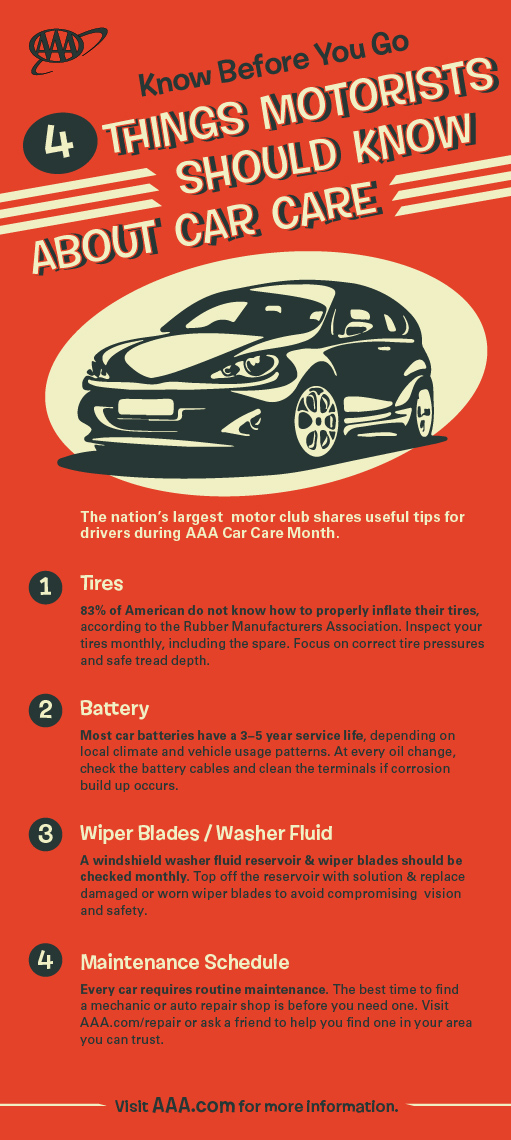Understanding The Relevance Of Your Auto'S Warning Signals: What They Really Represent
Understanding The Relevance Of Your Auto'S Warning Signals: What They Really Represent
Blog Article
Material Composed By-Samuelsen Stark
When you're behind the wheel, those beautiful warning lights on your dashboard can be a little bit perplexing. Do you recognize what they're trying to inform you regarding your vehicle's health? Recognizing the significance of these lights is vital for your safety and the long life of your car. So, the next time among those lights appears, wouldn't you wish to understand its message accurately and take the essential actions to address it?
Common Warning Lights and Interpretations
Recognize typical warning lights in your vehicle and recognize their significances to ensure safe driving.
The most normal caution lights consist of the check engine light, which signifies concerns with the engine or emissions system. If this light comes on, it's critical to have your vehicle inspected immediately.
The oil pressure cautioning light shows reduced oil pressure, requiring prompt interest to prevent engine damages.
A blinking battery light may suggest a malfunctioning charging system, possibly leaving you stranded otherwise attended to.
The tire pressure surveillance system (TPMS) light informs you to low tire pressure, affecting vehicle stability and gas efficiency. Neglecting this can cause unsafe driving conditions.
The abdominal muscle light indicates a trouble with the anti-lock braking system, endangering your ability to quit promptly in emergencies.
Lastly, the coolant temperature alerting light warns of engine overheating, which can lead to severe damages otherwise dealt with swiftly.
Recognizing these typical warning lights will certainly help you address concerns without delay and maintain risk-free driving conditions.
Value of Prompt Focus
Recognizing the common caution lights in your car is just the very first step; the importance of without delay dealing with these cautions can not be emphasized sufficient to guarantee your safety when driving.
When https://stephensmhbv.blog-eye.com/31313933/are-you-considering-the-significance-of-vehicle-describing-in-regard-to-your-vehicle-s-resale-worth illuminates on your control panel, it's your automobile's method of communicating a prospective issue that requires focus. Ignoring these warnings can result in a lot more severe troubles down the road, compromising your security and possibly costing you a lot more out of commission.
Trigger focus to alerting lights can protect against breakdowns and crashes. For https://www.abc10.com/article/news/local/fair-oaks-carmichael/auto-shop-carmichael-joyrides-customers-cars/103-d465c013-44f8-4e24-b2af-7db5919bbae9 , a blinking check engine light could show a misfire that, if left unattended, can trigger damages to the catalytic converter. Addressing this promptly can conserve you from a costly fixing.
In a similar way, a brake system cautioning light might signify reduced brake fluid or worn brake pads, crucial components for your safety when driving.
DIY Troubleshooting Tips
If you notice a warning light on your control panel, there are a few DIY troubleshooting pointers you can attempt before looking for expert aid.
The first step is to consult your cars and truck's guidebook to comprehend what the specific caution light suggests. Often the concern can be as basic as a loose gas cap setting off the check engine light. Tightening up the gas cap might settle the issue.
https://ziondxpia.blogvivi.com/31788496/wondering-concerning-the-meaning-behind-those-dashboard-warning-lights-gain-understandings-right-into-their-ramifications-for-your-lorry-s-security-and-upkeep is a reduced battery, which can trigger numerous advising lights. Checking the battery connections for corrosion and guaranteeing they're protected could fix the trouble.
If a warning light persists, you can try resetting it by separating the car's battery for a few mins and after that reconnecting it. Furthermore, examining your automobile's fluid levels, such as oil, coolant, and brake liquid, can help fix alerting lights associated with these systems.
Conclusion
In conclusion, comprehending your car's warning lights is essential for keeping your car running smoothly and securely. By quickly attending to these notifies and understanding what they mean, you can prevent expensive fixings and potential malfunctions.
Bear in mind to consult your cars and truck's guidebook for certain details on each cautioning light and take action as necessary to make sure a hassle-free driving experience.
Stay educated, stay risk-free when driving!
